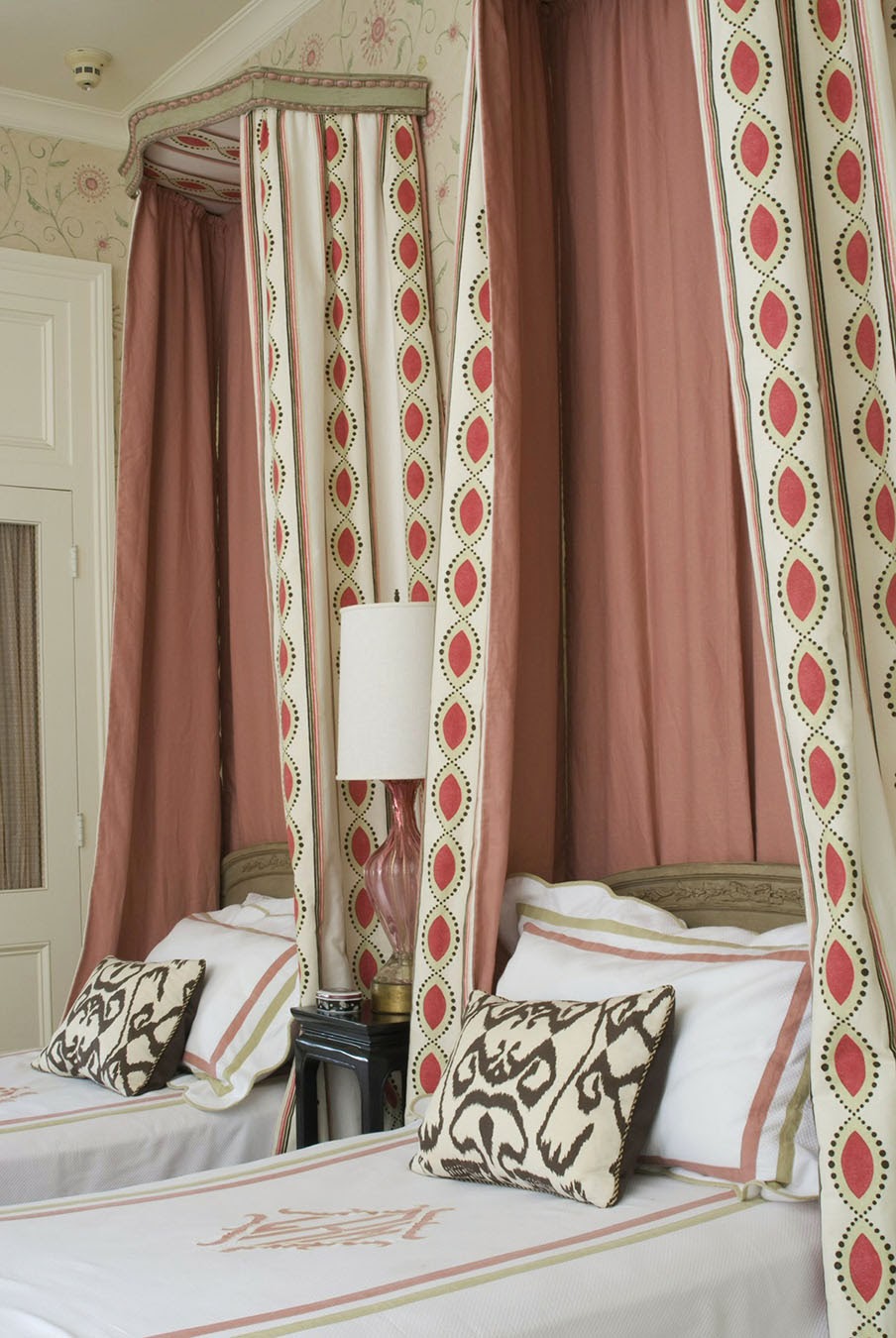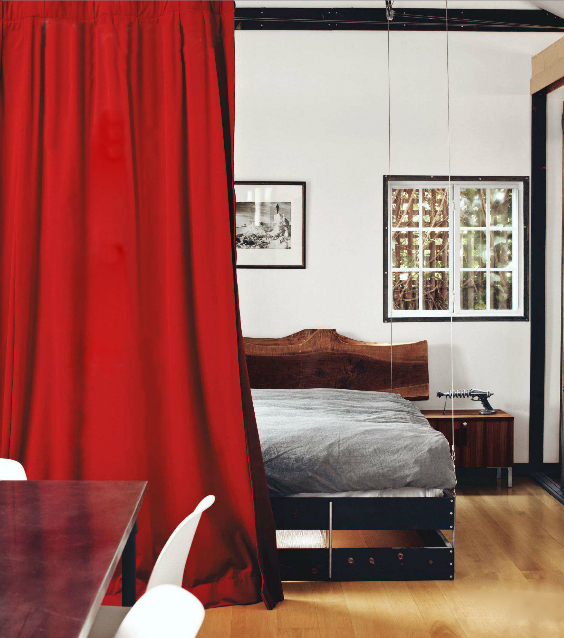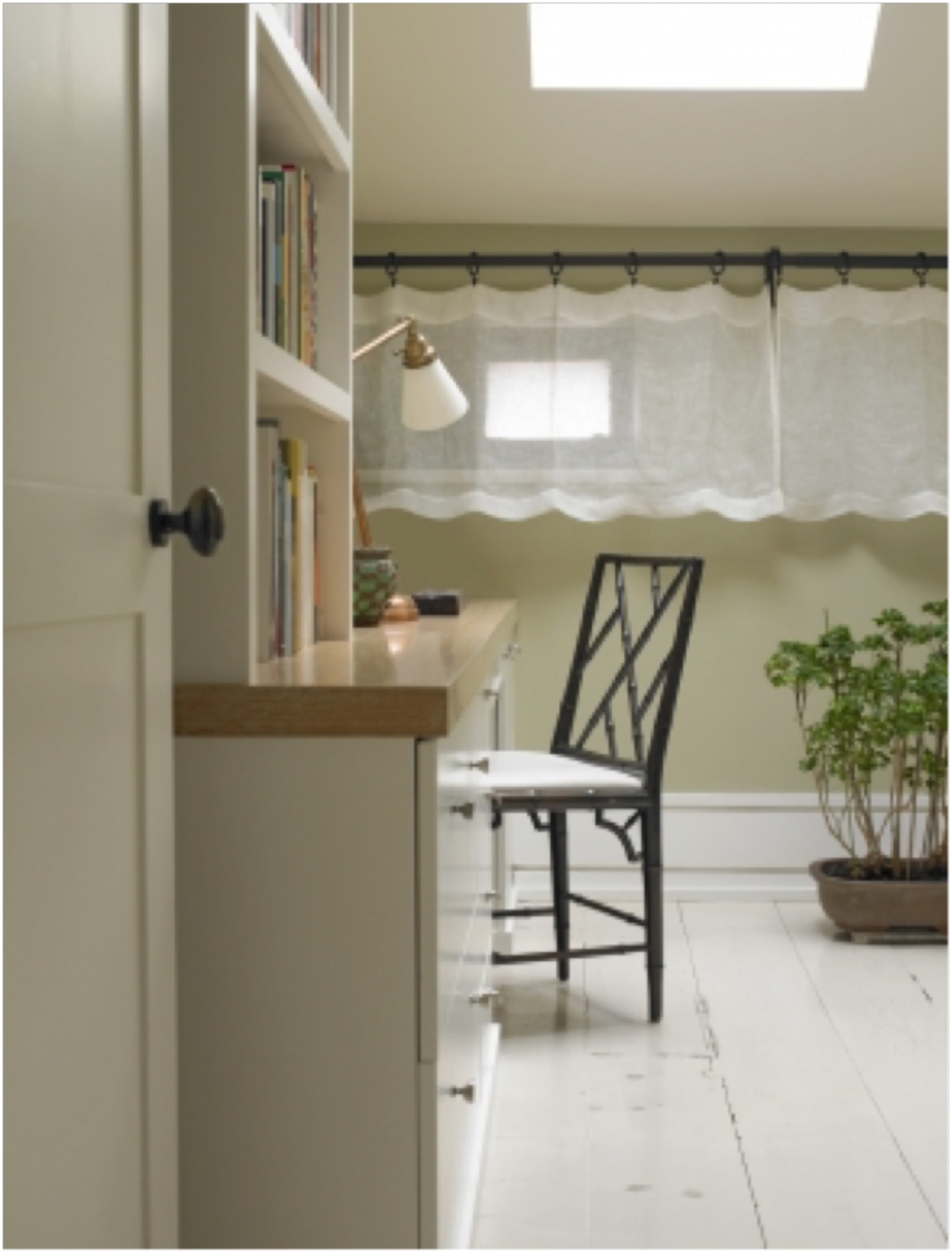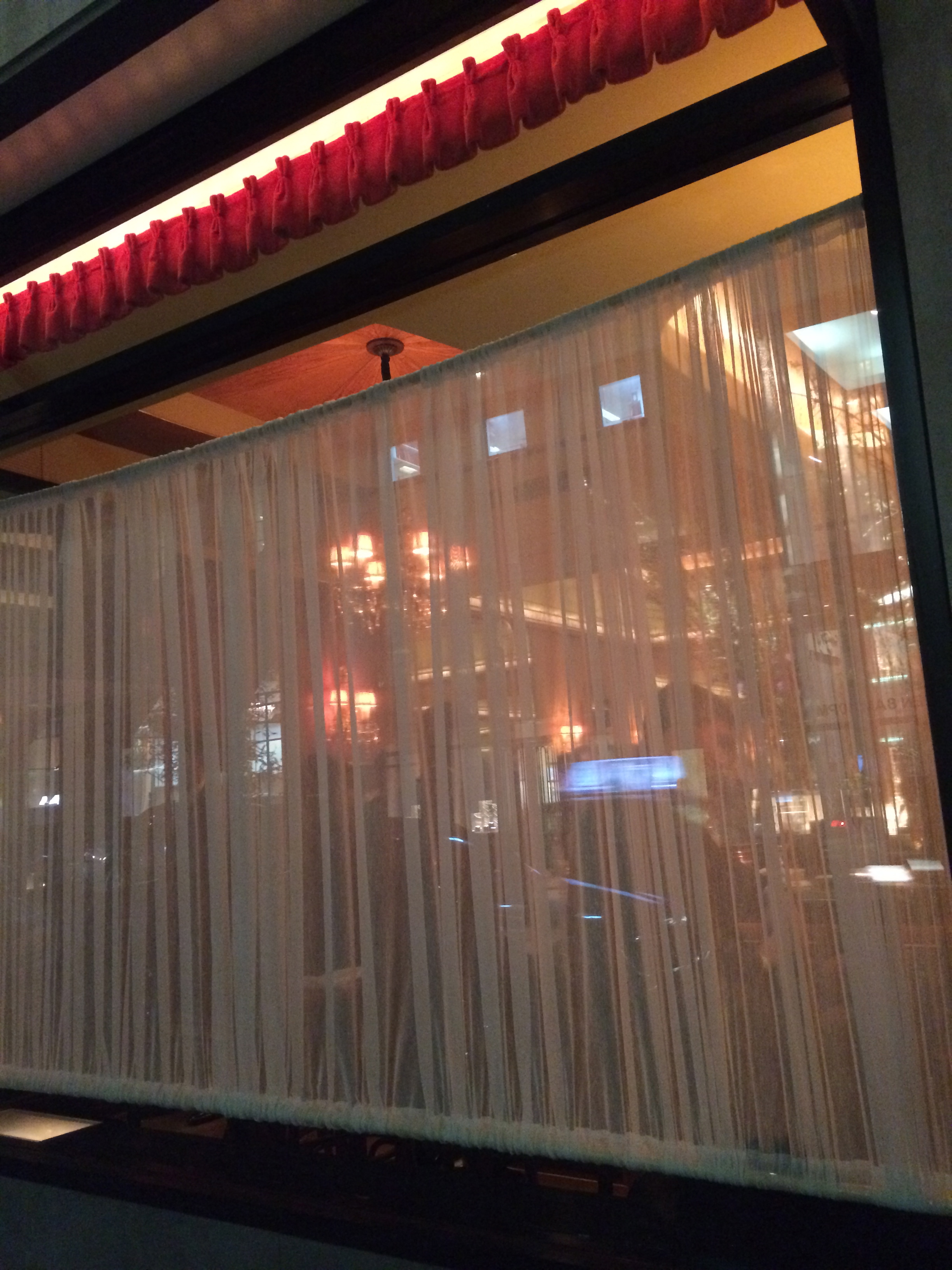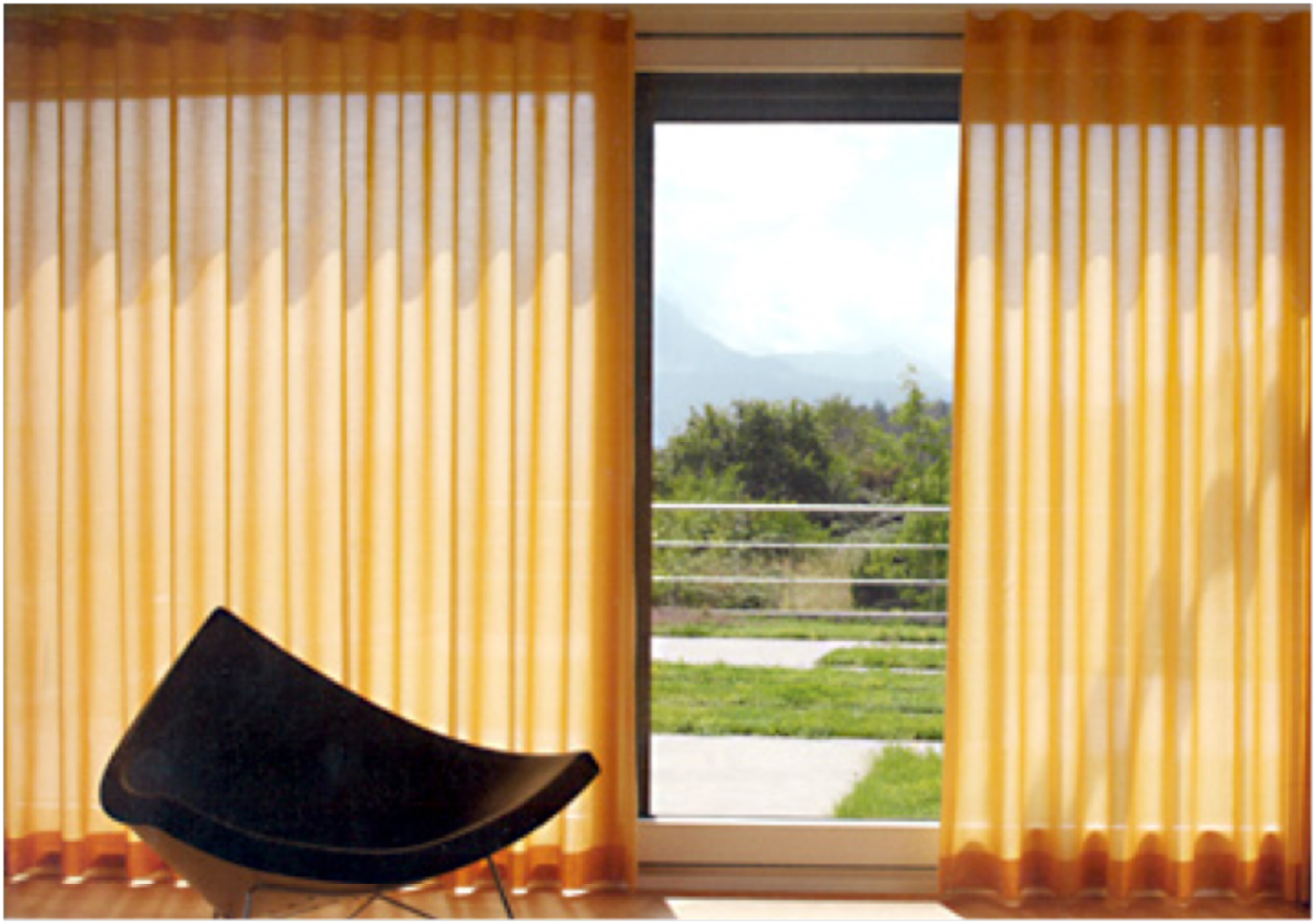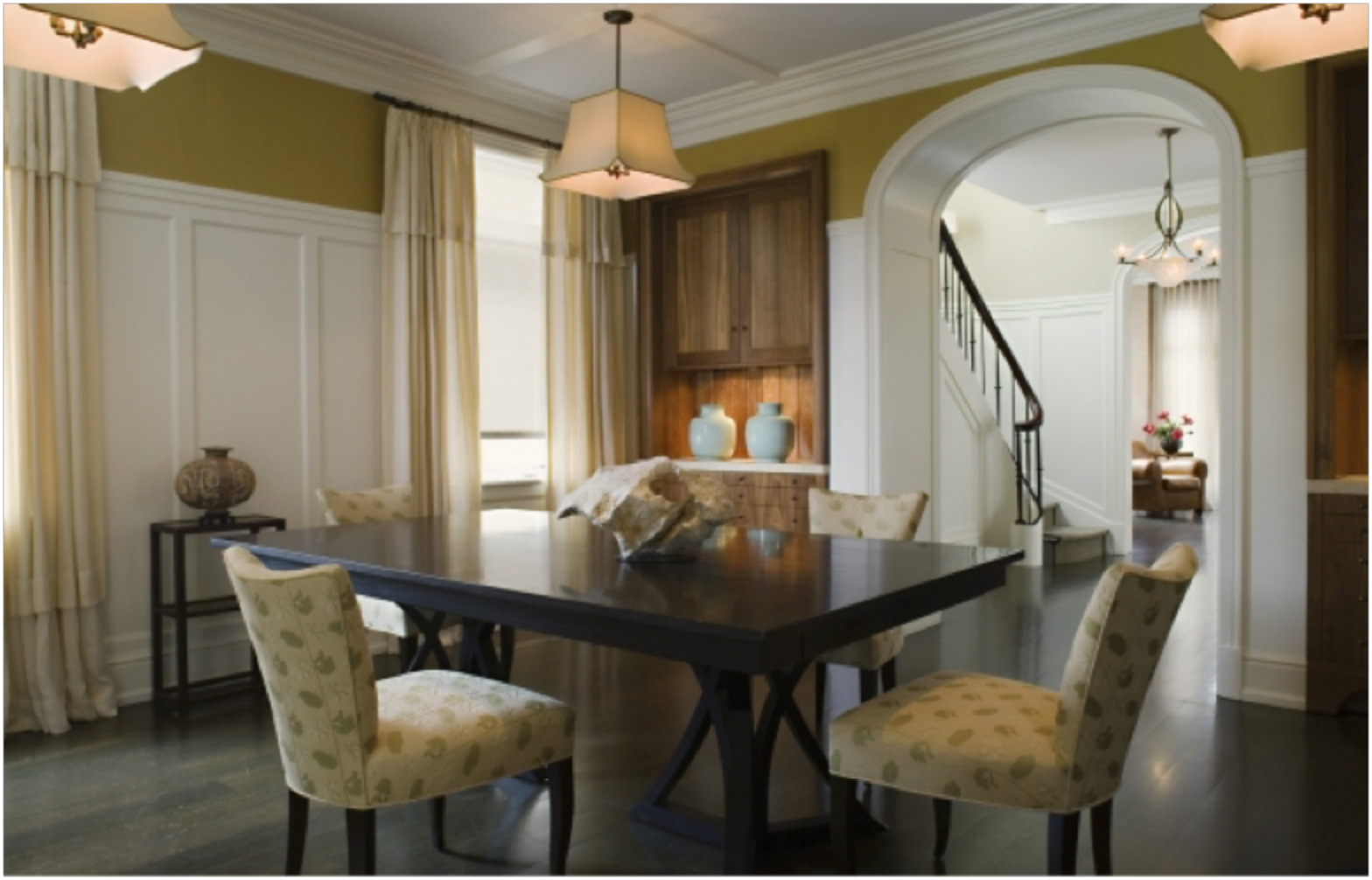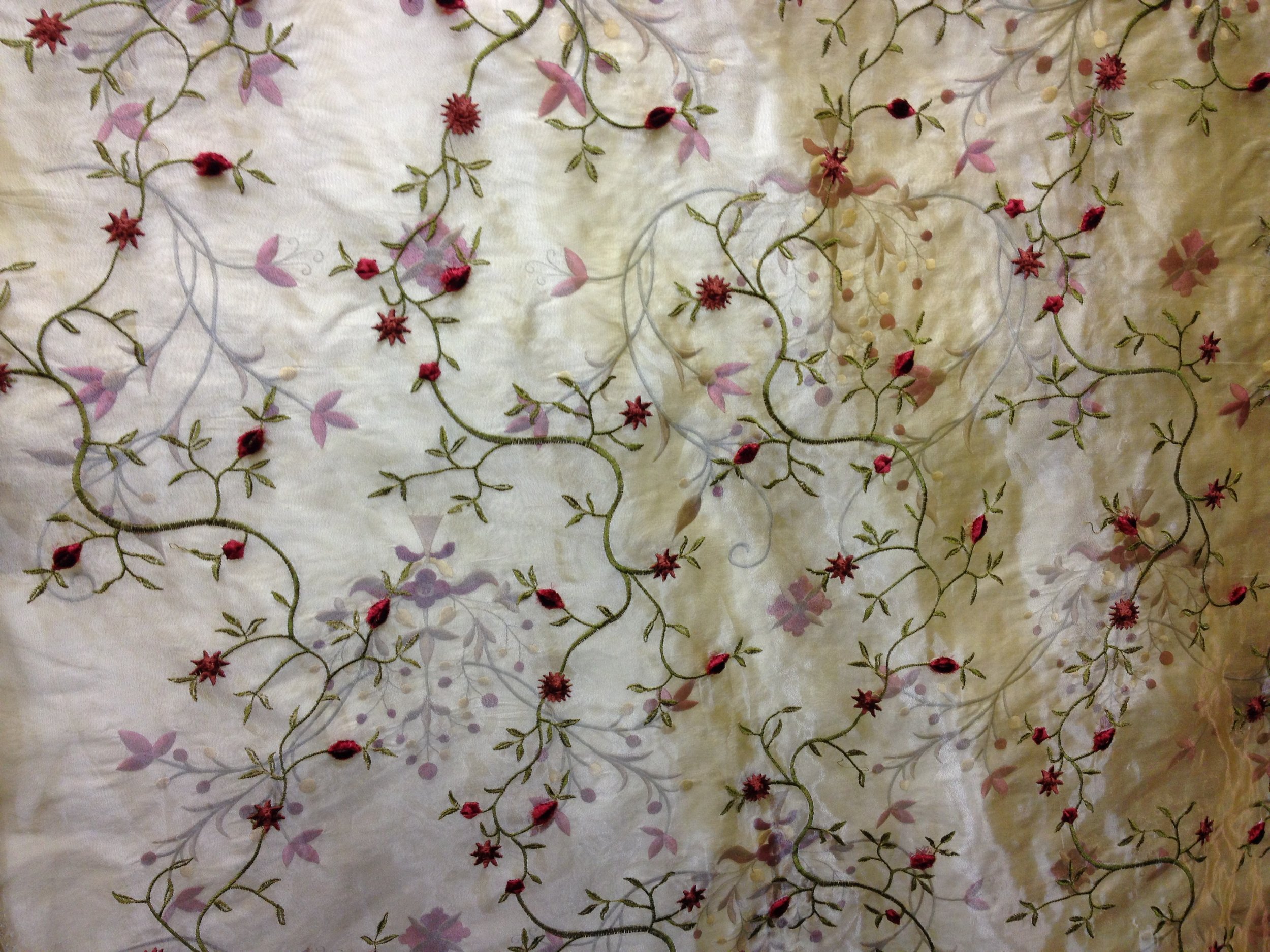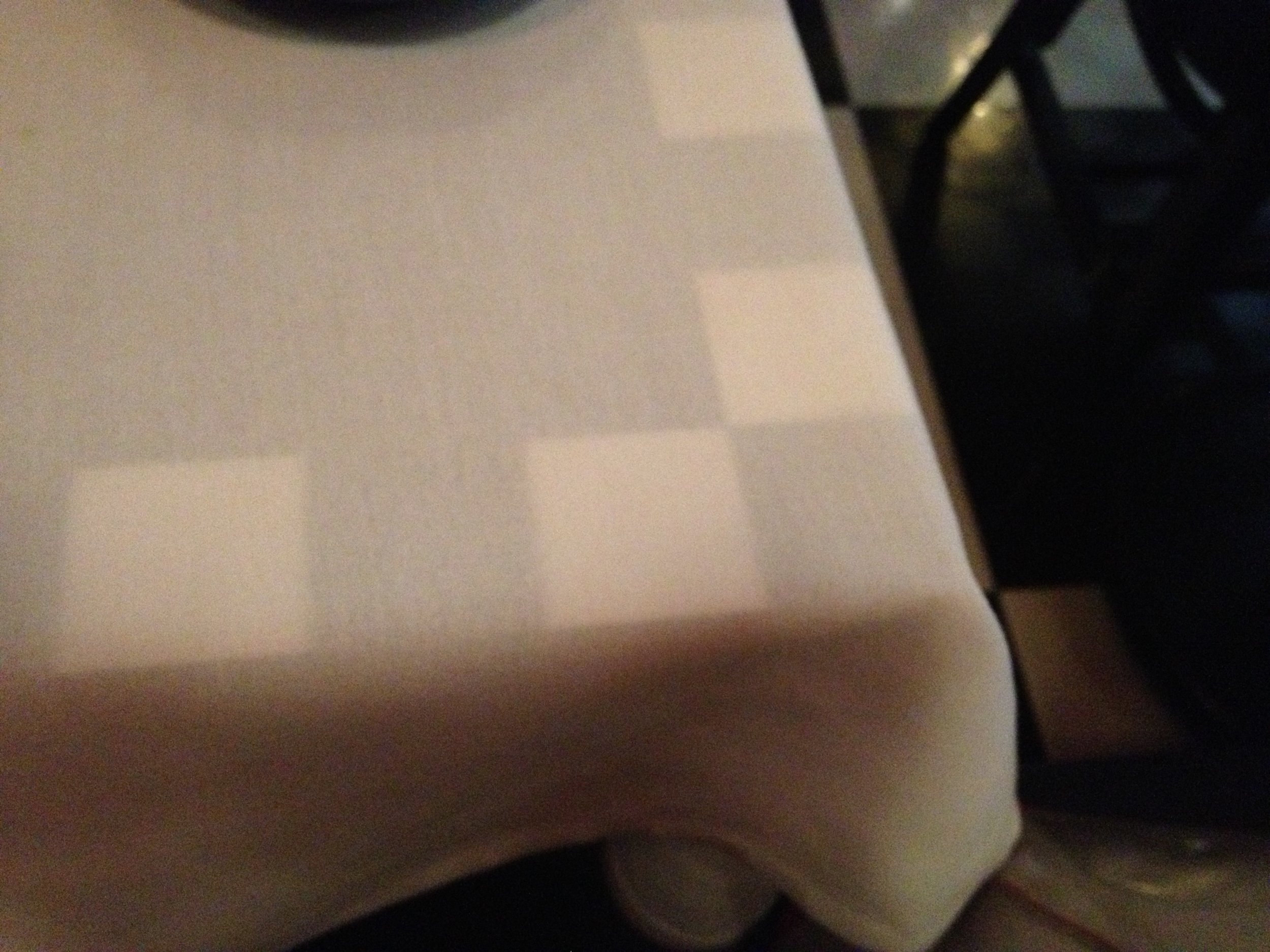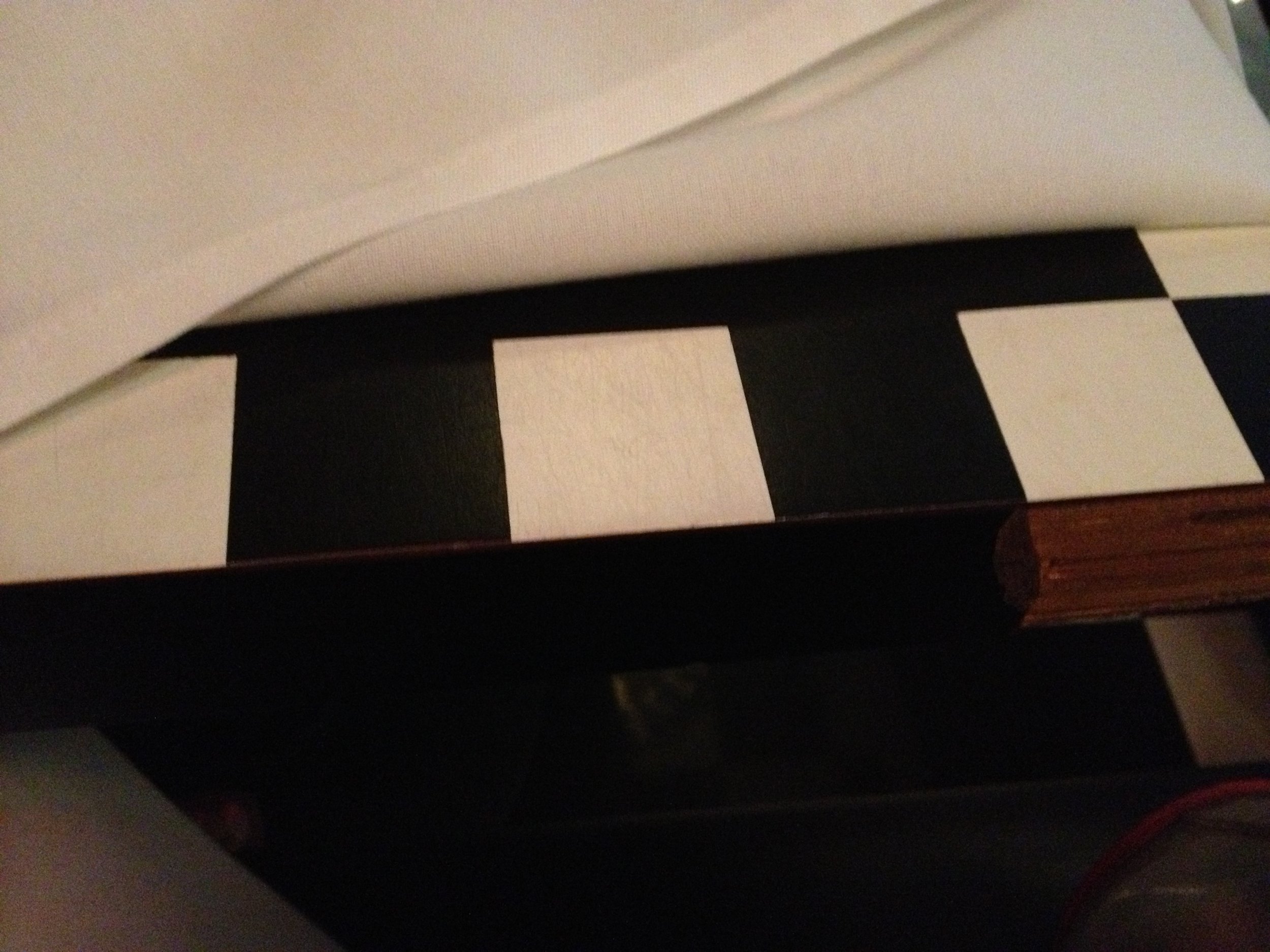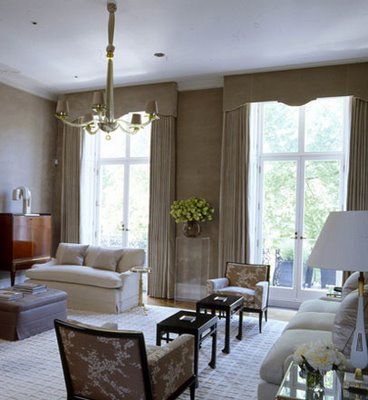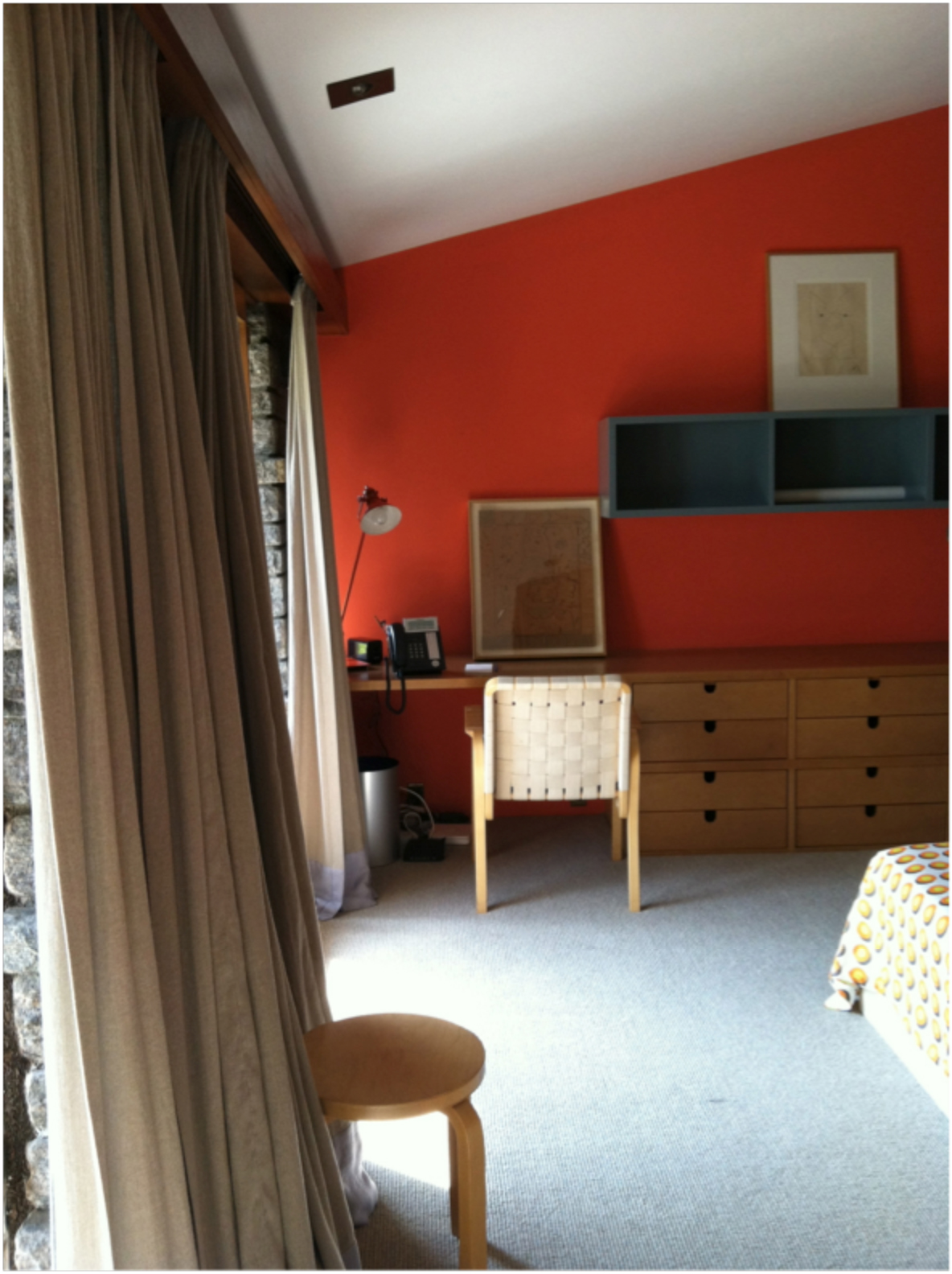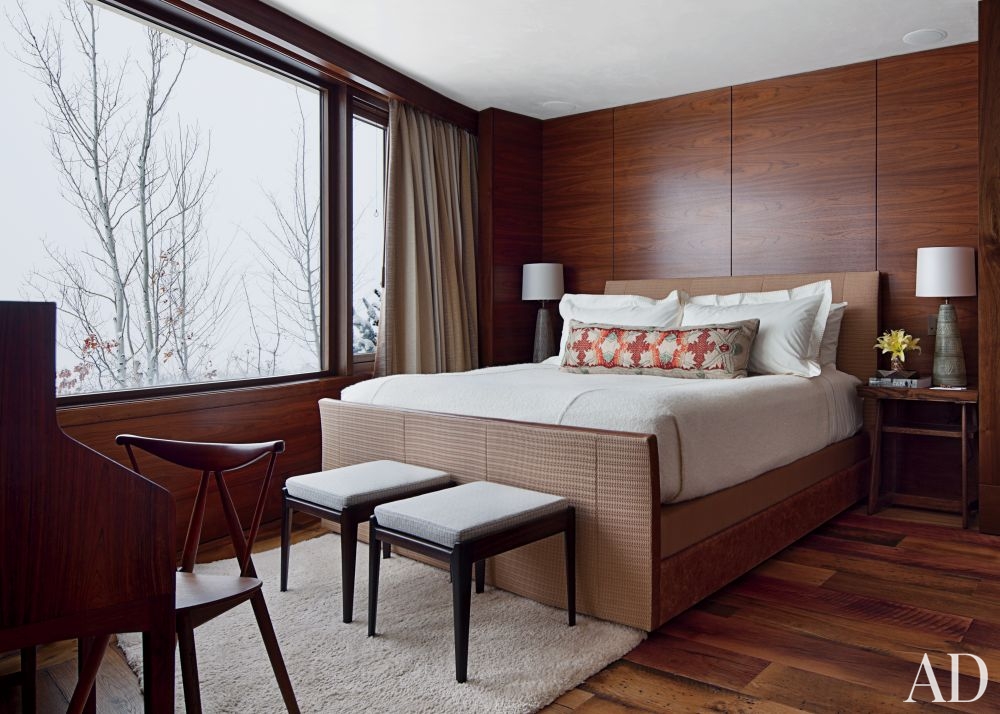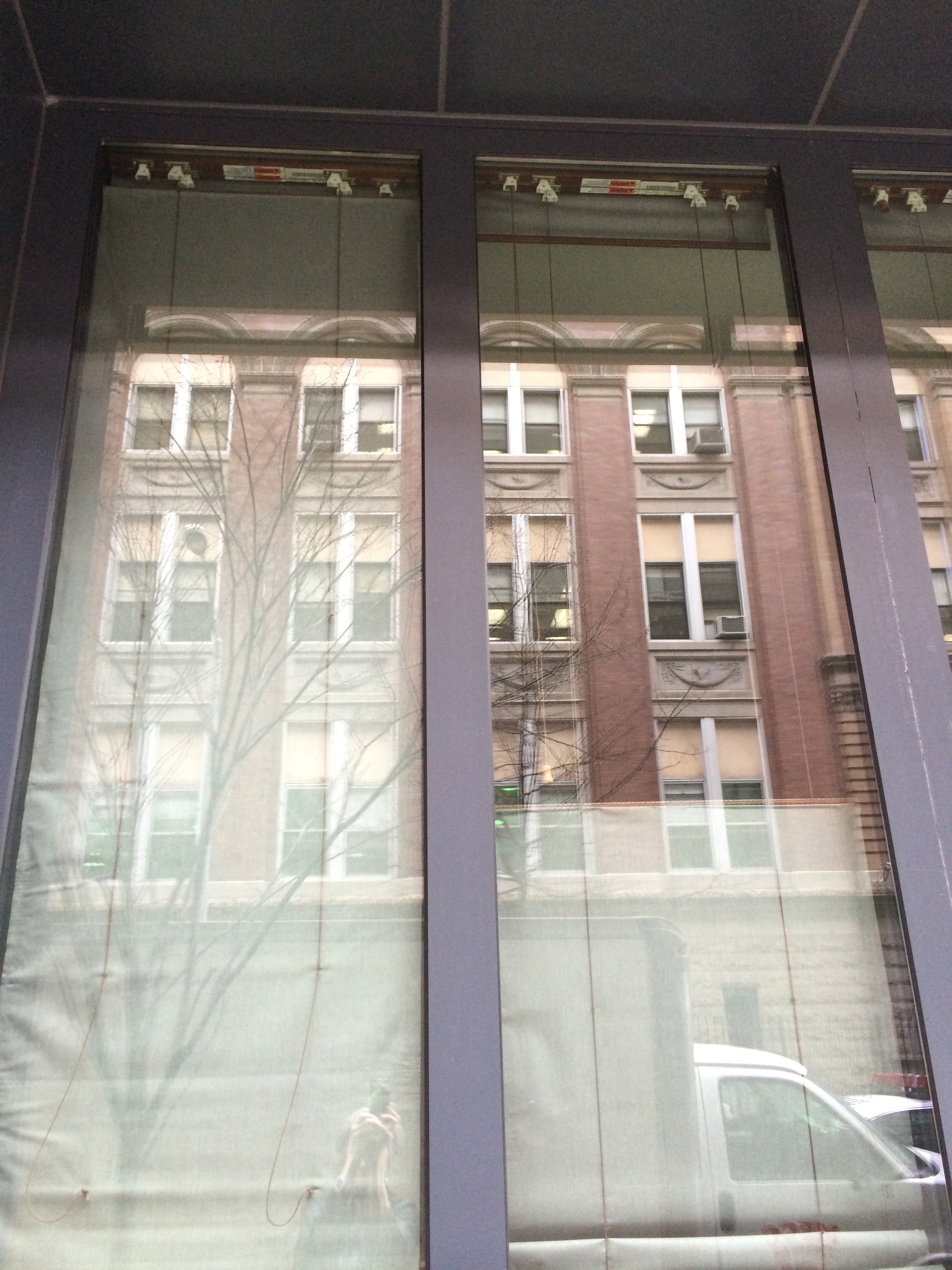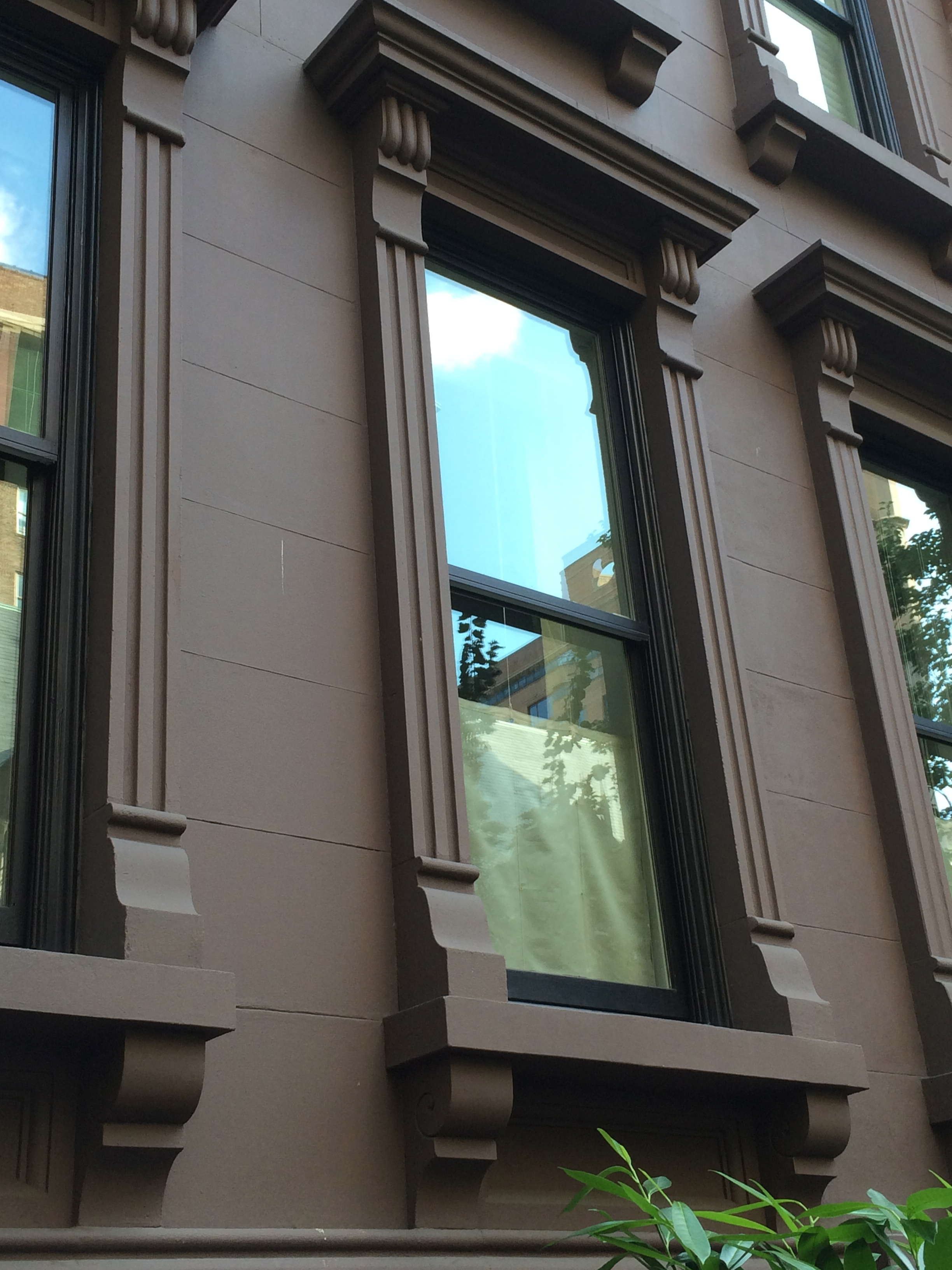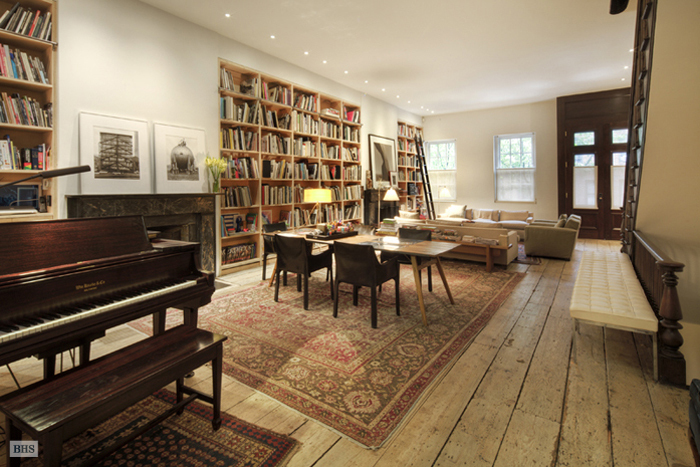




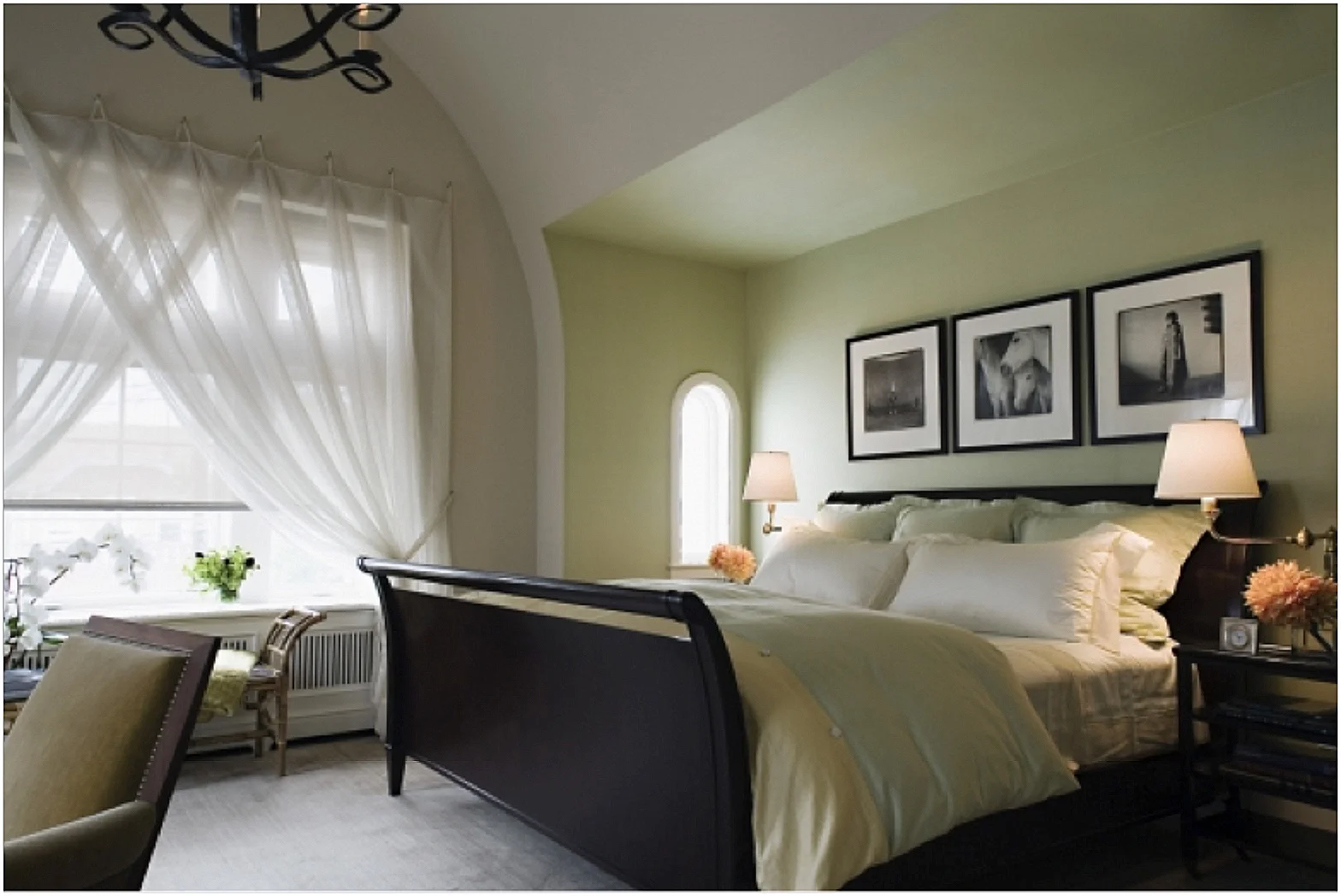




curtains-divide-a-space
curtain call
curtains-divide-a-space
curtain call
curtains - divide - a - space
Although curtains are hung in areas that pierce walls, such as on windows or inside glass doors, or hung as tapestries on walls, they can also be used as space dividers to separate 2 areas.
My work area is separated from my living room and entryway by metal beads suspended from the ceiling. Because of this, the natural light and airflow are not interrupted.
A few examples of fabric used as room dividers, bed canopies and tapestries not only enhance the decor of the room, they are also great sound absorbers.
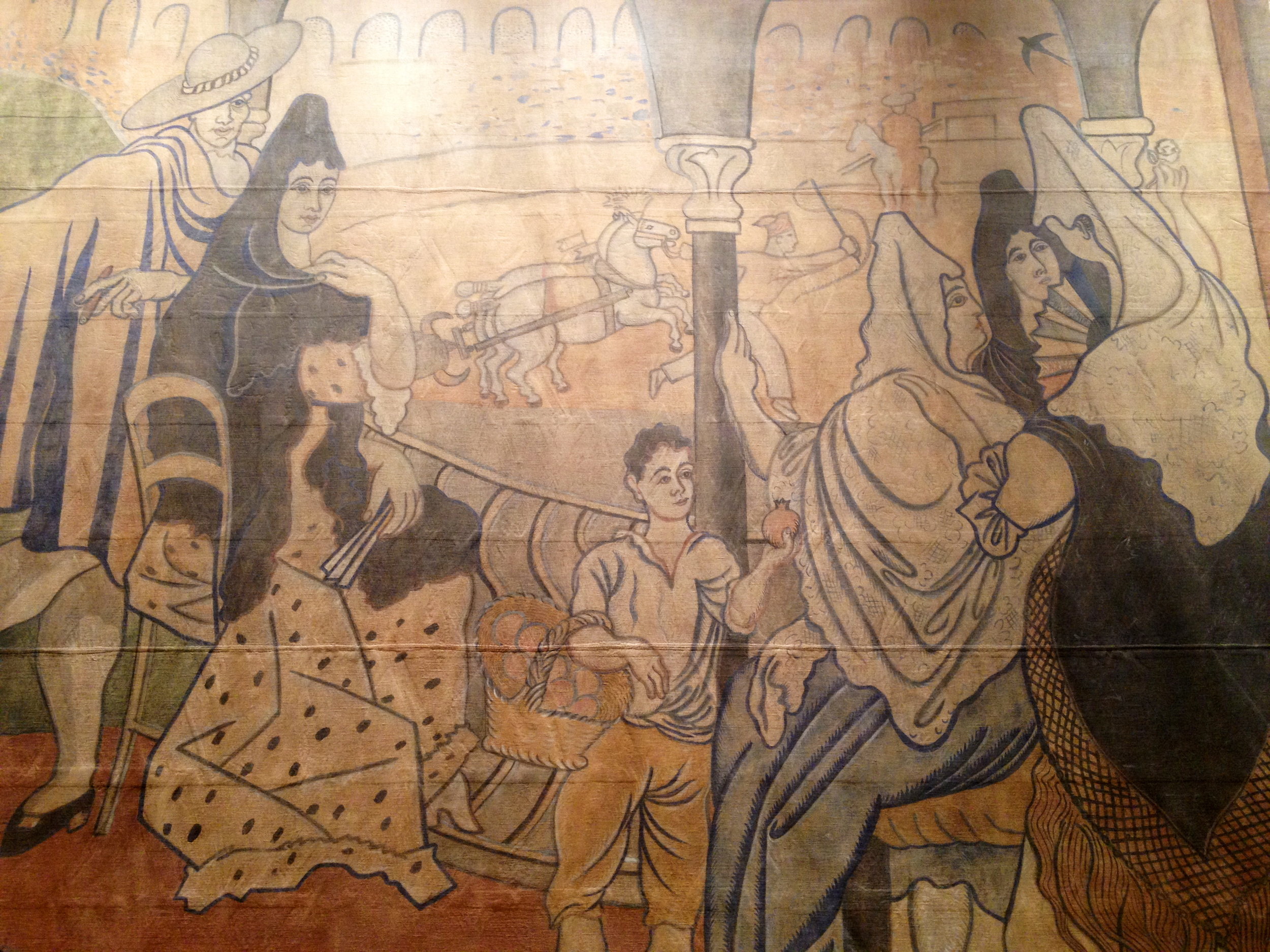
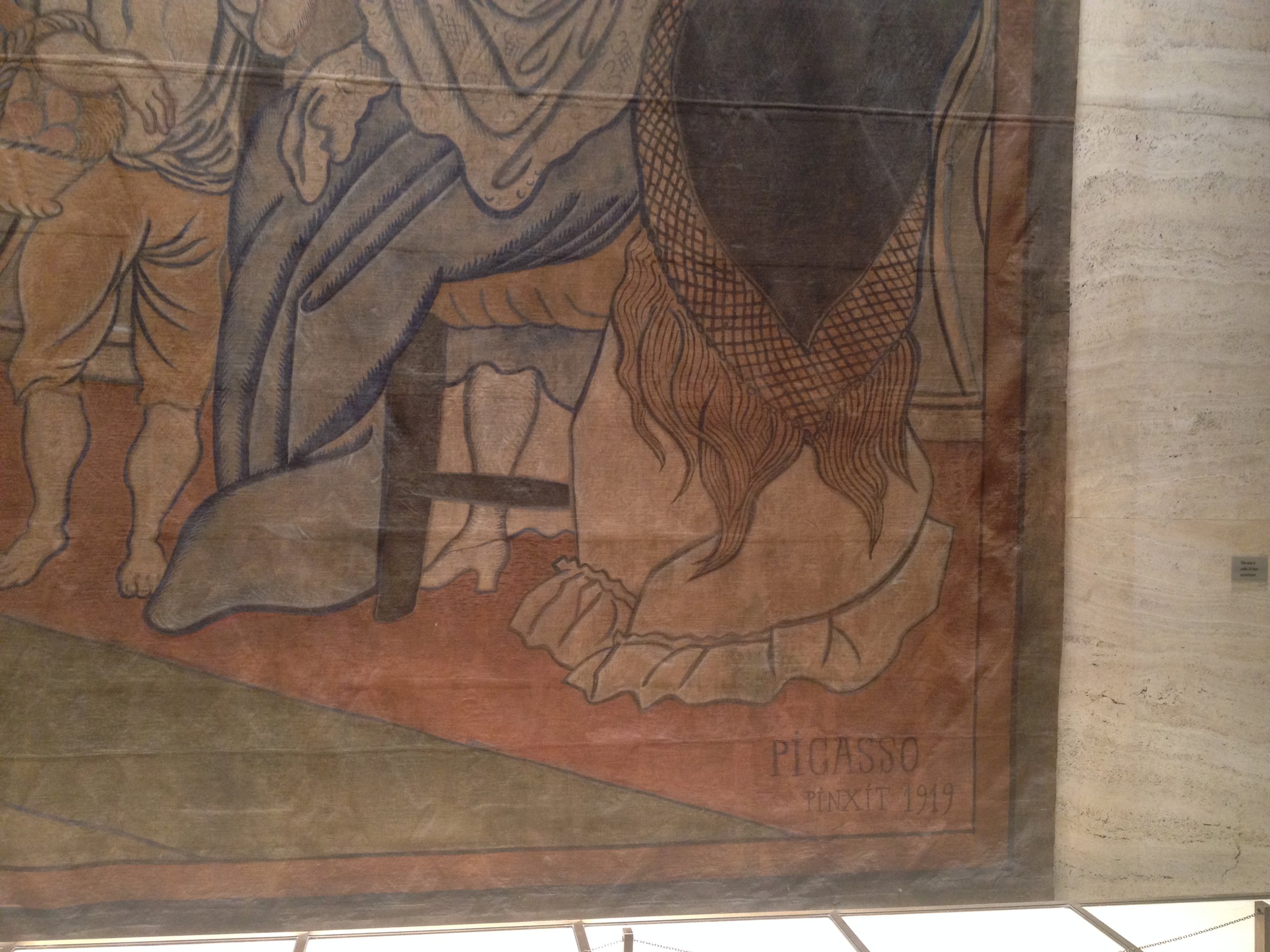
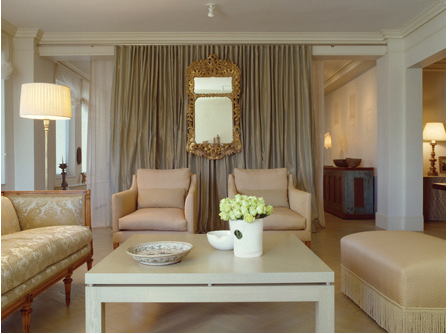
SHEARS title
shears
SHEARS title
shears

Shears
I adore the word gossamer |ˈgäsəmər
• a fine, filmy substance consisting of cobwebs spun by small spiders, which is seen esp. in autumn.
• used to refer to something very light, thin, and insubstantial or delicate:in the light from the table lamp, his hair was blond gossamer
• [ as modifier ]: gossamer wings
_
Gypsies living in Chernobyl - still Image from a video by Ben Solomon for the NYTimes
Shears
I adore the word gossamer |ˈgäsəmər
• a fine, filmy substance consisting of cobwebs spun by small spiders, which is seen esp. in autumn.
• used to refer to something very light, thin, and insubstantial or delicate:in the light from the table lamp, his hair was blond gossamer
• [ as modifier ]: gossamer wings
_
Gypsies living in Chernobyl - still Image from a video by Ben Solomon for the NYTimes
With the softness of their folds curtains break up the ever-present angularity of a room.
The beauty of gossamer material is its fluidity. Aptly called DRAPES or DRAPERY, it falls or drapes (verbs) in folds in front of the window to filter rays from the sun, obscure the view from those who can look in and creates an interior mood without blocking the daylight or nightlight. Now that’s multitasking.

Translucent layers
TRANSLUCENT LAYER Whether clothing or drapes - layering a sheer fabric over an opaque creates that lovely gossamer effect.
METExhibit Interwoven Global
Translucent layers
TRANSLUCENT LAYER Whether clothing or drapes - layering a sheer fabric over an opaque creates that lovely gossamer effect.
METExhibit Interwoven Global
While experimenting at Joe’s fabric store on Orchard Street, NYC I played with this similar effect. Anyone can improvise and come up with an amazing layered story.
On a visit to a Chinese restaurant in NYC, Shun Lee Dim Sum, I spied an interesting tablecloth. On literally peeling back the layers, I found the simple solution to this layered looking feat.
At a friend’s loft, she attempted to soften the fire engine red of her emergency equipment.

translucent + gilded door curtains
Streets of Barcelona
translucent + gilded door curtains
Streets of Barcelona
Please give me more translucency!
Complimentary Colors - these copper + gold accented curtains next to “brownstone” building highlight the color of Spring’s green foliage.
with gilding…
Curtains laced with gold compliment the gilded metal on the doors.

tie backs and tassels
Tie-Backs and Tassels
~
The MET Period rooms – gives us a peek into the opulent luxury of a bygone era.
What caused us to move away from using these luxurious looking materials?
One word - PRACTICALITY.
tie backs and tassels
Tie-Backs and Tassels
~
The MET Period rooms – gives us a peek into the opulent luxury of a bygone era.
What caused us to move away from using these luxurious looking materials?
One word - PRACTICALITY.
Back in the day when there were only fireplaces, coal stoves, and kerosene heaters mid-room, we needed floor to ceiling drapery to enclose the room in a cozy atmosphere and to keep our most precious commodity - heat - inside the room.
Because of the way we could heat our homes in the 20thC with under the window radiators that protect us from this coldest area, fireplaces and central room heaters were no longer used. Where once full length curtains hung, these drapes would only obstruct the radiator heat from circulating through the room. A drape kept open while the heat is on is not practical.
With modern window construction, more light than ever is brought into an interior spaces. And if we are lucky enough to have a southern exposure then the sunlight and heat from these windows bathes the room in this toasty warmth.
Window treatment is an ideal way to regulate the amount of light we let in.
FILTERING THE LIGHT AND VIEW
Choosing to have two layers of drapery that are the length of the window (not below, where they’d block the heat/ac) serve different functions. A first layer, called a sheer, may filter the light in the same way a gossamer filmy fabric with a gauze-like translucency does. A heavier layer can be drawn back during the day to allow for more light while at night this heavy curtain can block viewers from peering in when the room light goes on and keep outdoor light at bay.
Depending upon which side of the curtain the light is on, curtains reveal or conceal. That’s because a person can see into a lit room if they are in the dark but a person in the light cannot clearly see what is beyond them out into the darkness. The sheer will act as an opaque layer to keep the viewer from seeing in, but it won’t cut out the natural light from entering the room.
luminescence + roman shades
luminescence
luminescence + roman shades
luminescence
ROMAN SHADES are flouncy curtains made by gathering fabric. They filter the daylight out by day and city light at night. This filters peering eyes from looking in at night. These shades can be drawn up into pleats or they can be draw down. This is a wonderful solution if privacy at the street level is an issue, but the dweller still craves natural light and a view to the open sky. If the window looks out on a brick wall and there’s no “view”, a ripple fabric softens the effect.
The Romans used this shade structure in their amphitheaters to protect spectators from the hot sun. They derived this technology from sail ship riggings. These were the forerunners to tinsel strength fabric roofs. (Curtain Call 2- Tensile Roofs)
The thrill of the frill – Backlit at night and by day.

2 layers sheers + drapes
2 layer option
2 layers sheers + drapes
2 layer option
2 layers of curtains are practical. The heavier curtain can be drawn at night when there is no natural light. If living in a city then that heavy layer can keep out any unwanted street/store lights, some noise and the gaze from an outsider looking in. As well, the heavy layer of material keeps out drafts and retains heat better than a lighter material.
SHEERS and DRAPERY - TOGETHER DOING DOUBLE DUTY
This is a great place to bring a depth color, pattern and translucency into the room.
"No matter what the inner curtains of a room may be, (I use fine white muslin curtains) this simple stuff against the window itself. There isn't any nicer material."
~Elsie de Wolfe (house of good taste)
Because of the reflection of the surrounding buildings in the glass panes, it is a little hard to see how the shear curtain is lifted up with a cord mechanism. Behind it is the heavier drapery material falls perpendicular to the sheer fabric.
CONCEALING THE CURTAIN MECHANISM

Valances
CAMPION PLATT hides his drapery mechanism with recessed pieces of hard material that counterbalance the look of the soft material.
Valances
CAMPION PLATT hides his drapery mechanism with recessed pieces of hard material that counterbalance the look of the soft material.
Hiding a drape mechanism gives the curtain an elegant, somewhat seamless look.
There are a variety of ways to “conceal” a mechanism. A valance can be fit on the top section of the drapery material to hide the fittings. This material is usually the same material as the curtain and is stretched and capped around the top part the drapery. This cap can also be made of another material, such as wood (painted or not) and can be squared off around the sides.
working our way UP
working our way UP
working our way UP
working our way UP
at a storage facility in LIC I spied window fixtures that lifted from the bottom up
The woman at the desk pointed out that these shades have a mechanism, embedded in and enclosed by the top valance, which allows for window shade adjustment by remote. And the screen - to let more light in - tucks down into a windowsill valance that hides the roll.
Valance up = valance down
The well known photographer Annie Lebowitz has her shades rolled up on the corner of a busy Greenwich Village street. And what the shades obscure...

1/2 curtains
½ curtains are here to stay
The first time I spied this type of curtain was passing a restaurant in France . Combine this with candlelit tables…ooh,la la so romantic.
1/2 curtains
½ curtains are here to stay
The first time I spied this type of curtain was passing a restaurant in France . Combine this with candlelit tables…ooh,la la so romantic.
I love the versatility, not to mention cost effectiveness, of 1/2 shades. What more do you need to counterbalance these beautiful slate blue shutters that eons ago used to shut the blustery winds out.
No need for a top down because in a country setting why would we need anything else? Who wouldn’t want to snuggle up with a book (…or a good blog?) on this patio?

Venetian Blinds
The Venetian Blinds (Les Persiennes), spring 1919.
Henri Matisse ~ Oil on canvas
Venetian Blinds
The Venetian Blinds (Les Persiennes), spring 1919.
Henri Matisse ~ Oil on canvas
Primitive societies used wet cloth to shade windows and cool their home interiors. The Egyptians gathered together reeds to decorate and shade their homes, and the Chinese used similar techniques with bamboo.
Venetian blinds were thought to have originated in Venice, Italy. However contrary to popular thought, Venetian blinds actually originated in Persia. According to a 1941 book by Thomas French, Venetian traders discovered the window blinds in Persia and brought the innovative idea to Venice. Thomas French stated that Venetian slaves granted liberty in the late 1700s brought venetian style blinds to France, creating industry selling window blinds to the French. The French name for window blinds, “Les Persienes,” makes reference to the origins.
In 1841, John Hampson of New Orleans invented the mechanism that lets people easily adjust the slats.



